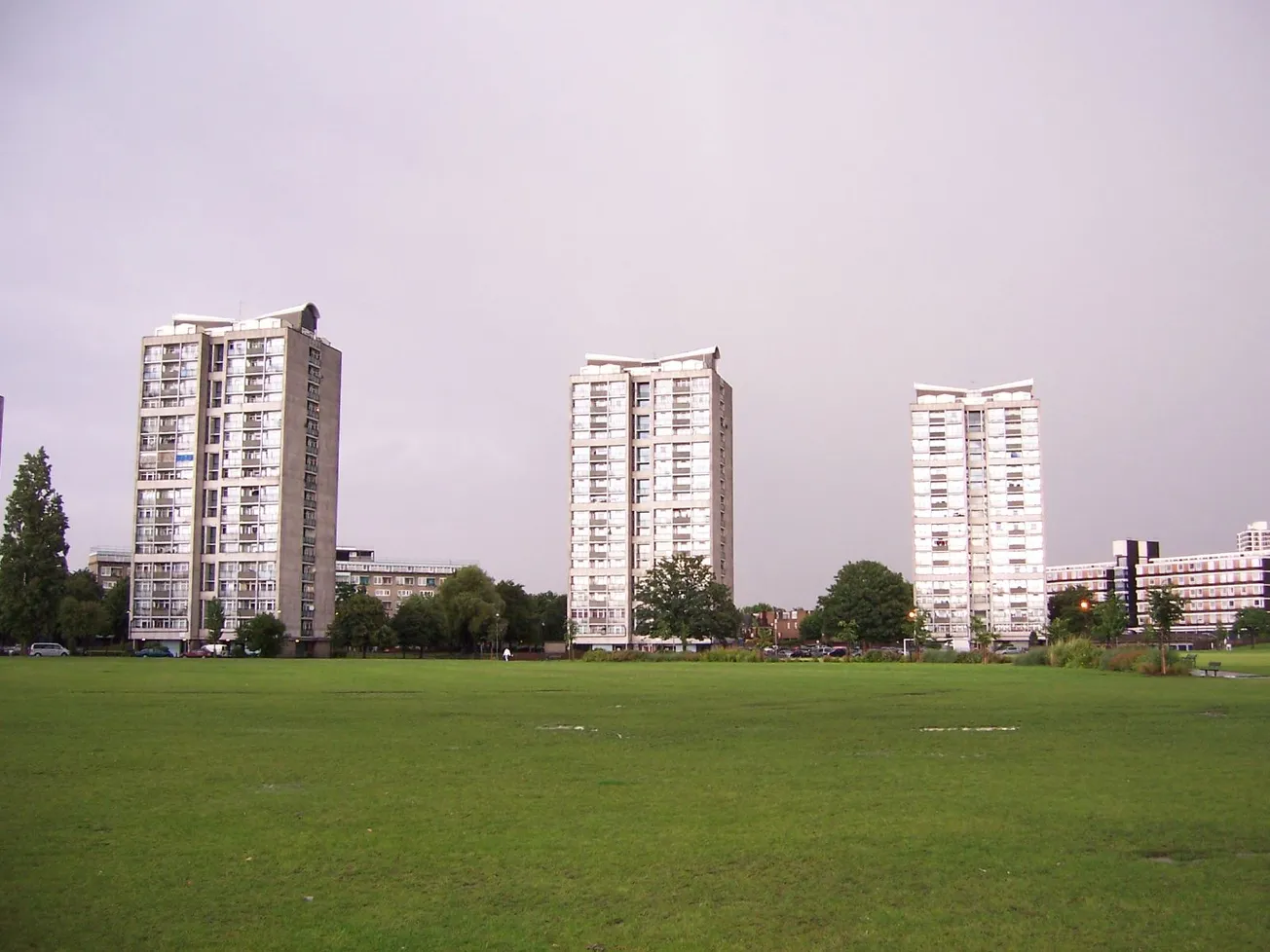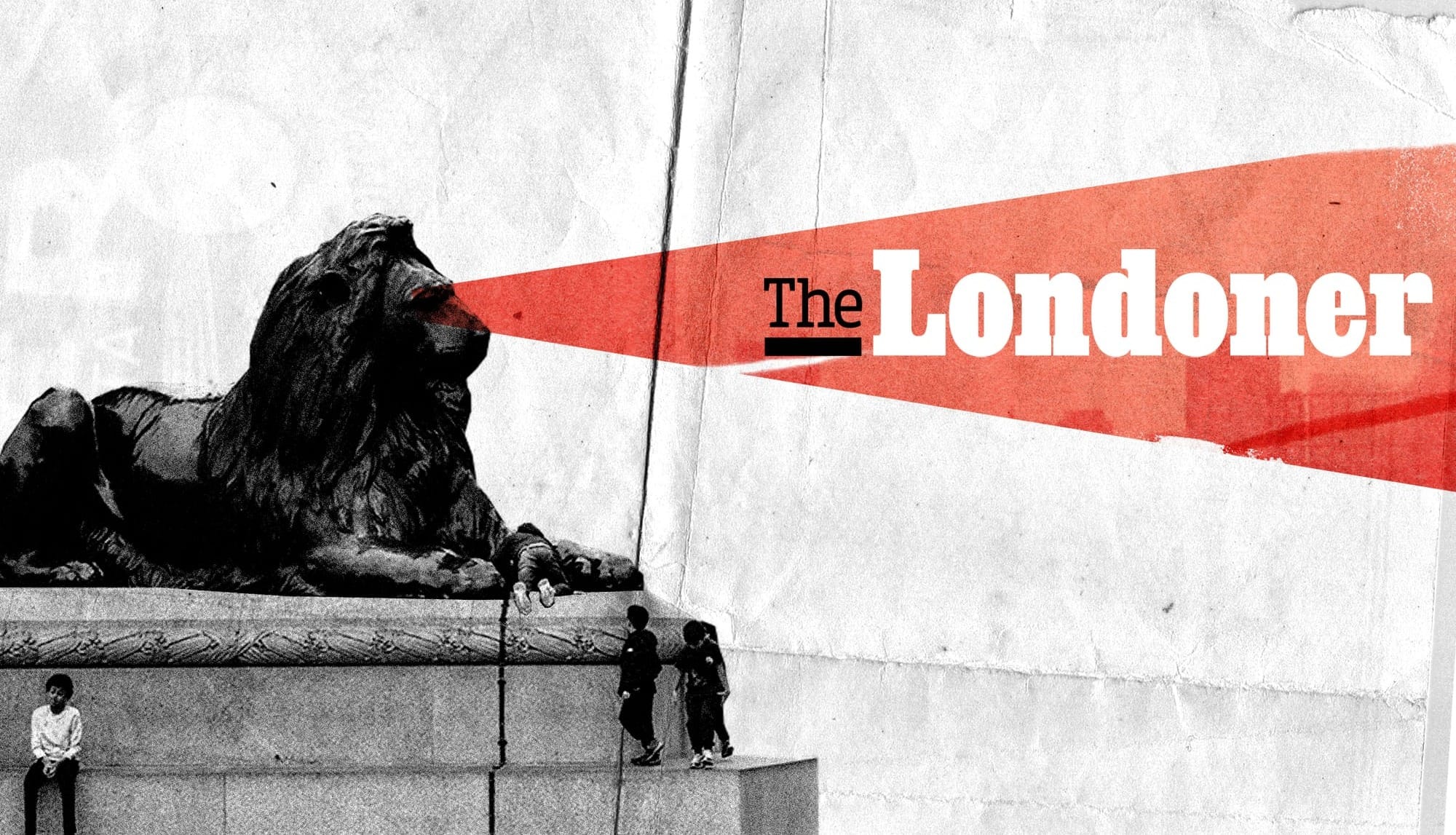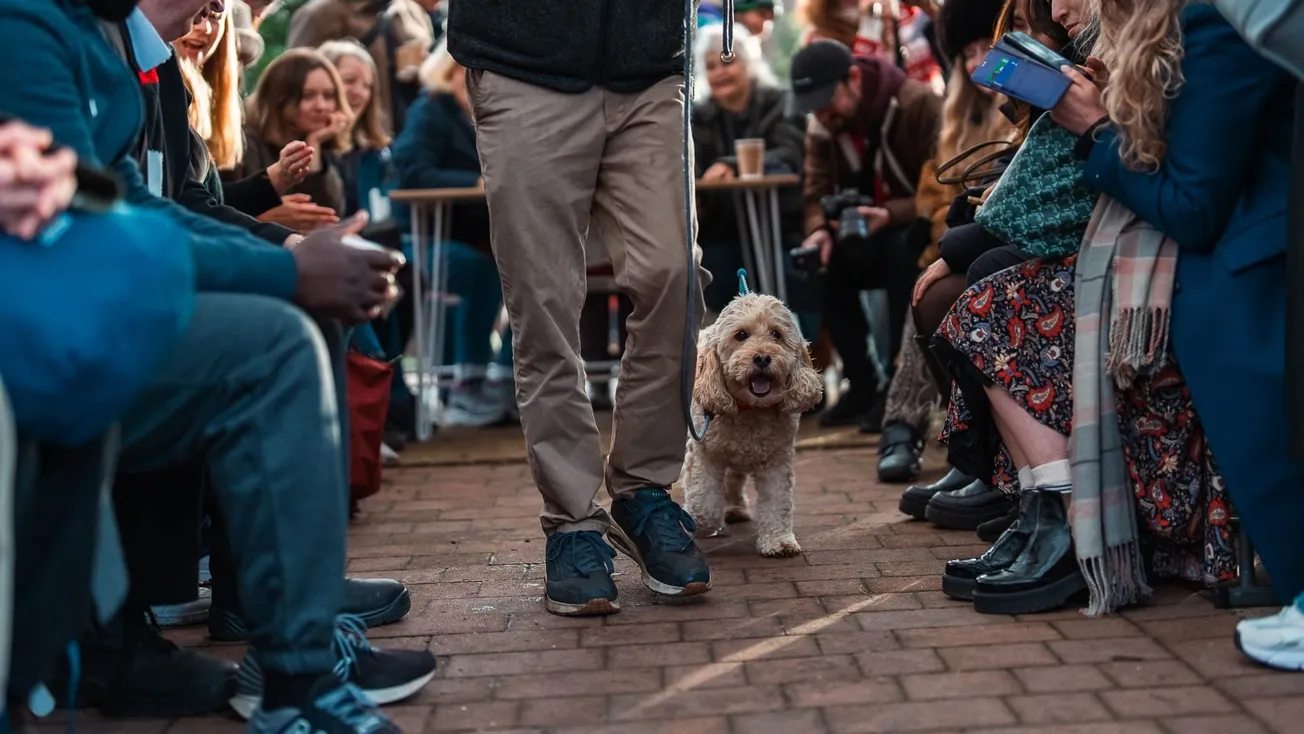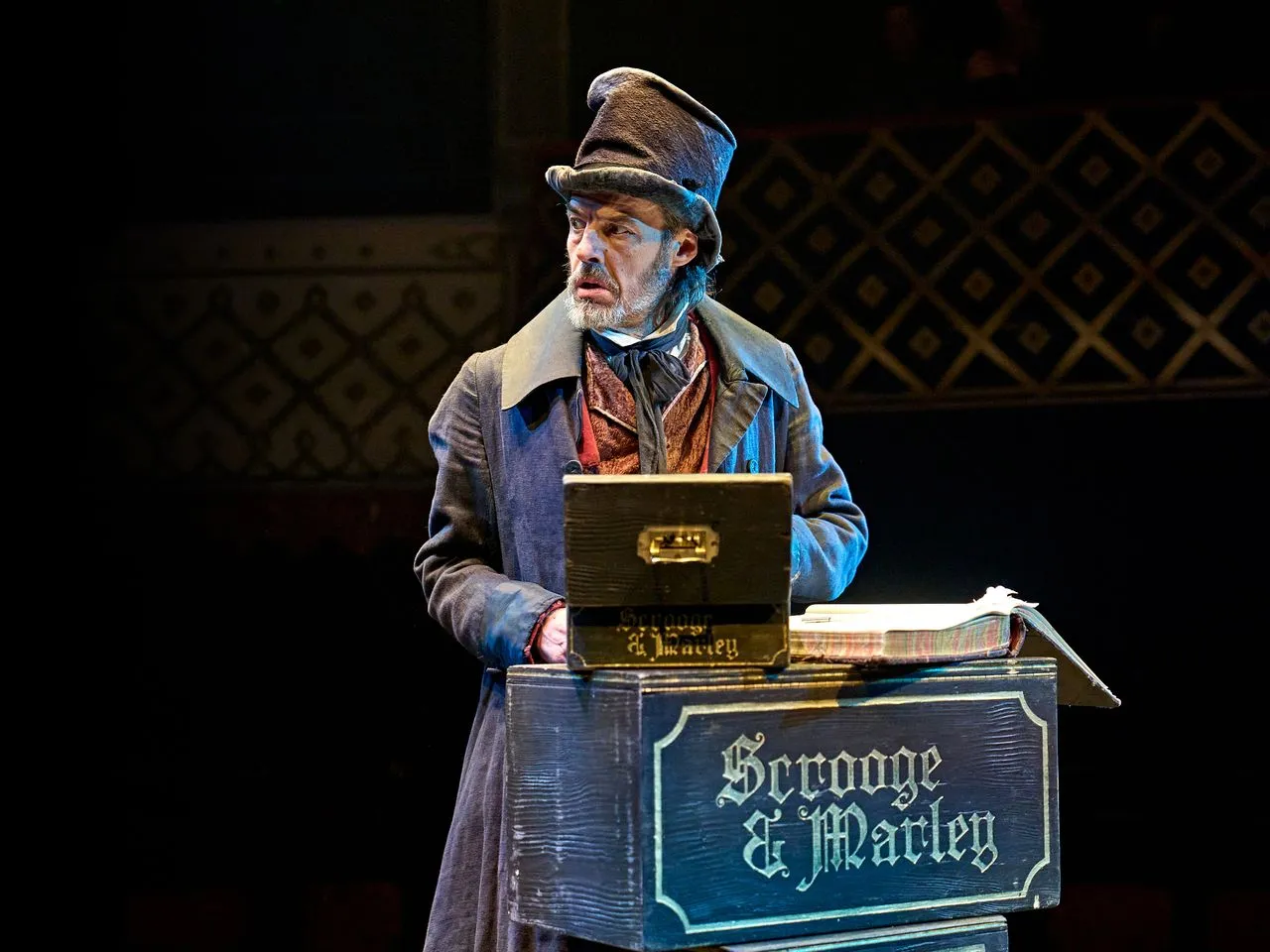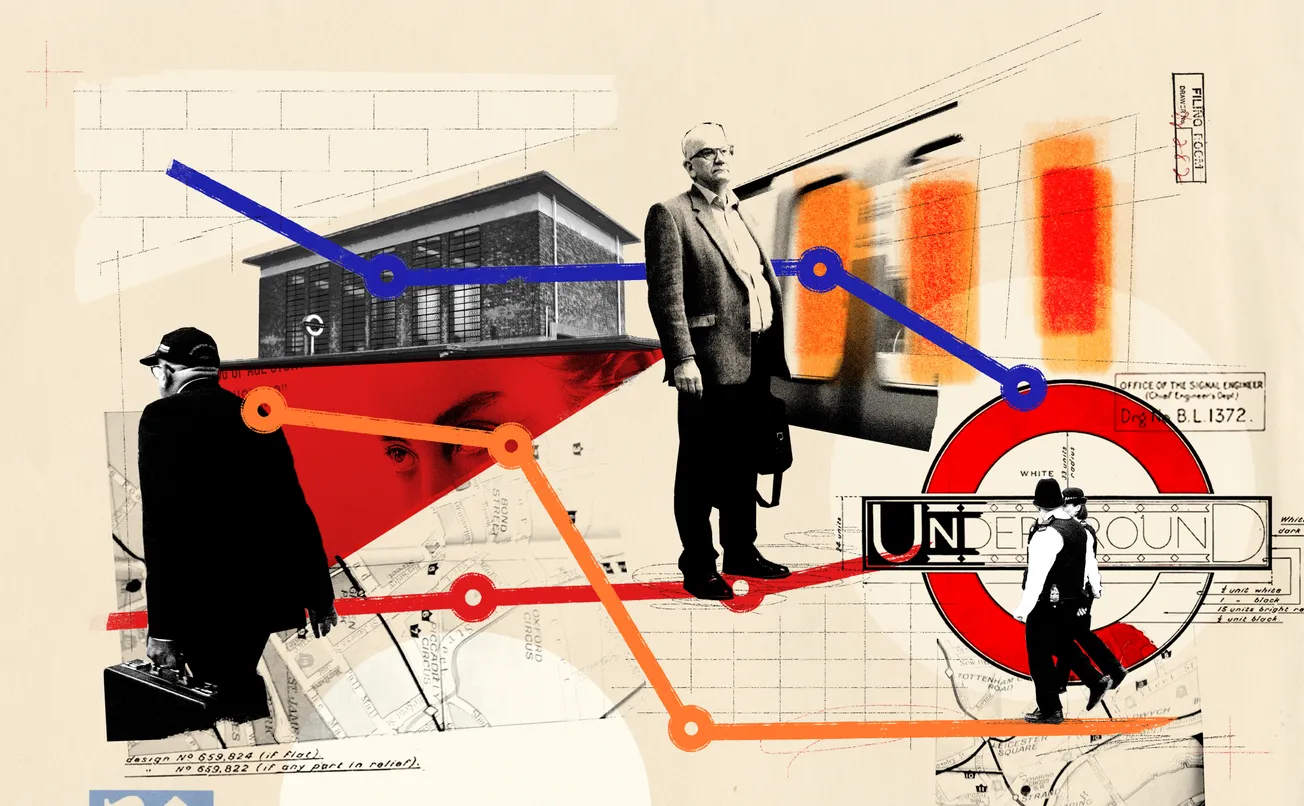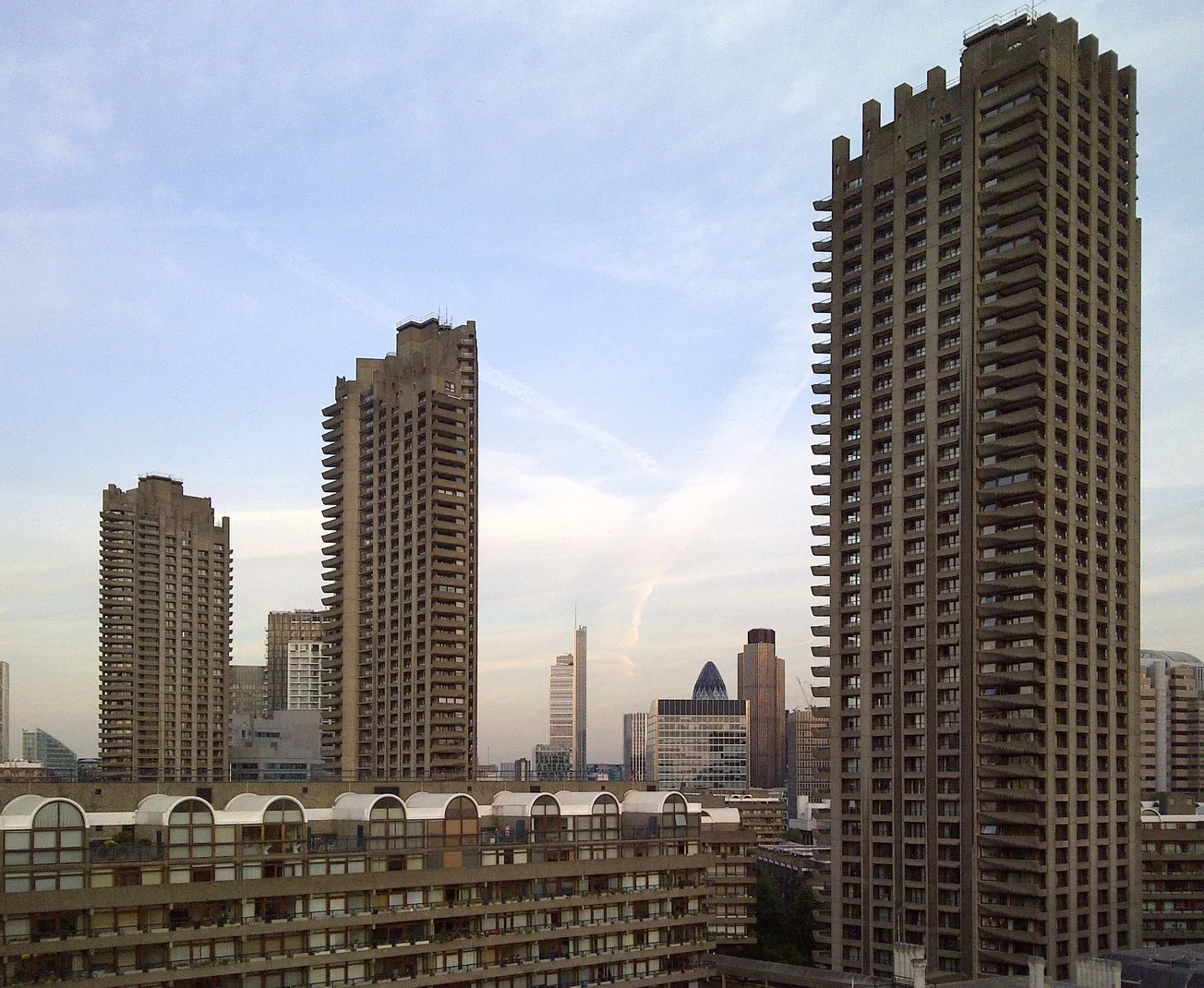Our Saturday stories are free for all to read — but we can only produce this kind of work with your help. If you're a fan of today's piece, please do consider becoming a paying member.
They were still building the Brandon estate when Barbara Finney moved in. She remembers the corrugated-iron skeletons and rubble left over from the Blitz. She moved here when she was two. She’s now 67. Her father was the estate caretaker — a job which no longer exists. “We would have coach loads of architects come from all over Europe; my dad had to show them around. We had the mayor of Berlin visit.”
The estate was developed in 1961 according to the utopian ambitions of Edward Hollamby, a modernist and card-carrying communist who, according to a Guardian obituary, “believed not just in high quality architecture but in the existence and nurturing of the public realm”. Hollamby’s designs belonged to a revolutionary era in urban planning that believed in total communal provision: six 18-storey tower blocks, 384 two-bedroom flats, an estate pub, a GP practice, a shop, public art by Henry Moore and penthouses for the managers of each building.
Thanks to attention-grabbing headlines and a national panic around warring South London gangs during the late 2010s, the Brandon is nowadays commonly associated with crime. Negative headlines concerning life on the Brandon date back to the late 1970s. By 2018, The Times had labelled it “the deadliest estate in Britain”. According to mainstream journalism at the time, the Brandon was a death trap, a hub for the violent crime that was “tearing the capital apart”. But that was almost a decade ago.
Finney shows me an archive video from 1964 on her phone. “Now, of course, everything is changing,” proclaims a BBC announcer. “There are a few of the old houses left but, in the main, they have been swept away.” For a second the camera lingers on Hollamby’s towers, their fresh concrete gleaming. In the early 2000s there was a push to get the buildings listed, but that fell through. Finney thinks the effort was sabotaged by the council.
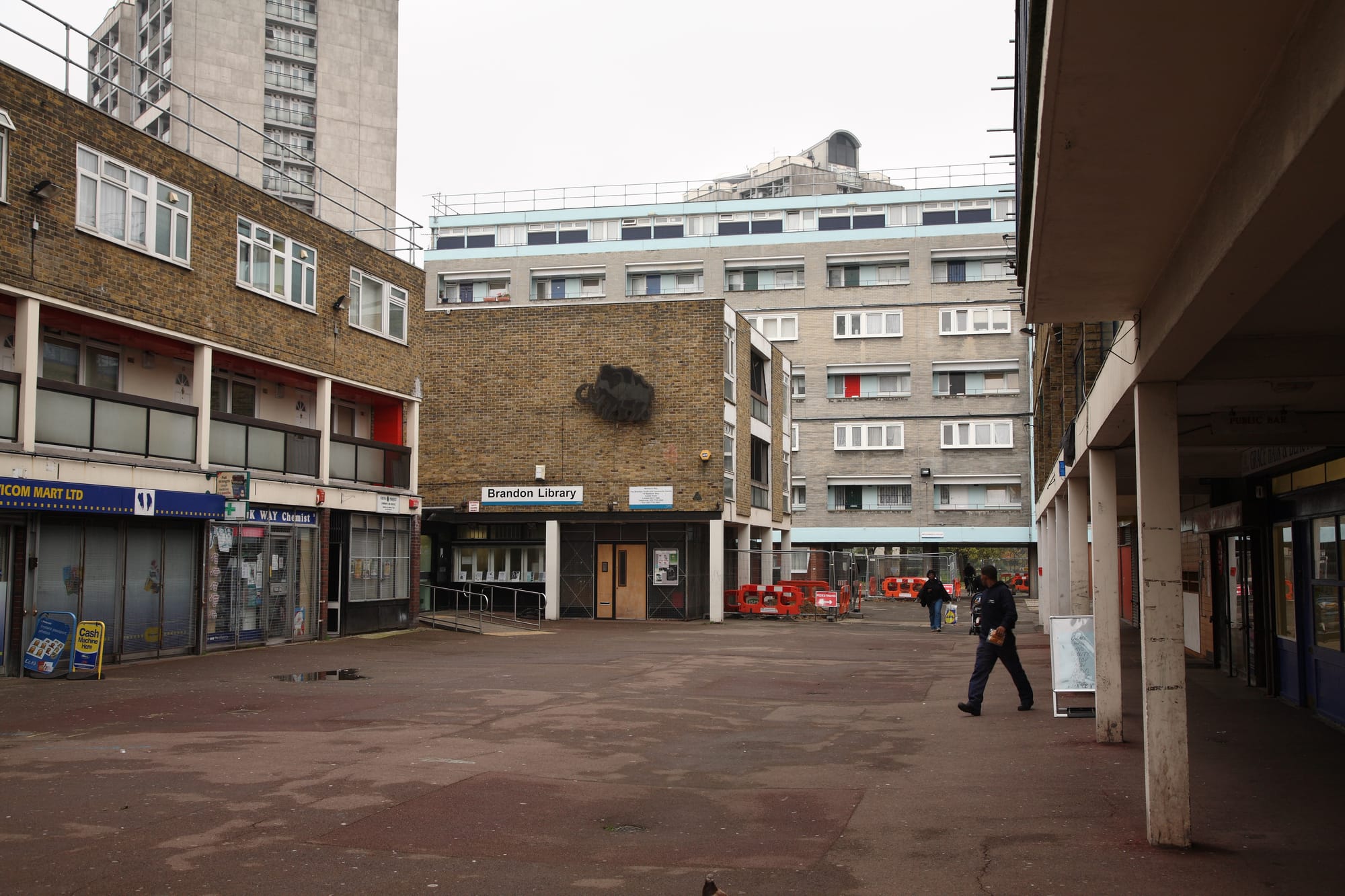
“Because they're not listed, the council has got all that crappy pipe work on the outside. They just haven't maintained them.” Finney moved away from the estate in the early 1990s. Last year, she returned to care for her ailing father. “It’s funny how those cycles appear in our lives,” I say to her.
“It’s not a cycle,” she replies, “it’s a spiral.”
“The pub is the fucking local youth club…”
The panic surrounding the estate eight years ago didn’t come from nowhere. There was horror, but it was localised between rival gangs. A spate of tit-for-tat murders between the Peckham-based Zone 2 gang and Moscow 17 — most of whom grew up on the Brandon — coincided with a surge in murders in the area and a police crackdown on drill music, which they blamed for influencing the violence.
2018 and 2019 were difficult years for Brandon residents, who had to put up with air ambulance helicopters landing on the green and bloviating politicians touring their grief-stricken communities. Some of the murdered boys and young men were decent rappers who had swept into the underworld, like Sidique Kamara, 23 (known as “Incognito”). In a rare interview with Moscow 17 available on YouTube, Kamara is asked what he thinks he can do to “stay out of trouble”.
“Obviously the answer to that question is change my friends,” he responds, “but that’s not going to happen. So I guess whatever comes my way, comes my way, innit…” Kamara was stabbed to death a few months later. He bled-out on Warham Street, just off the estate.
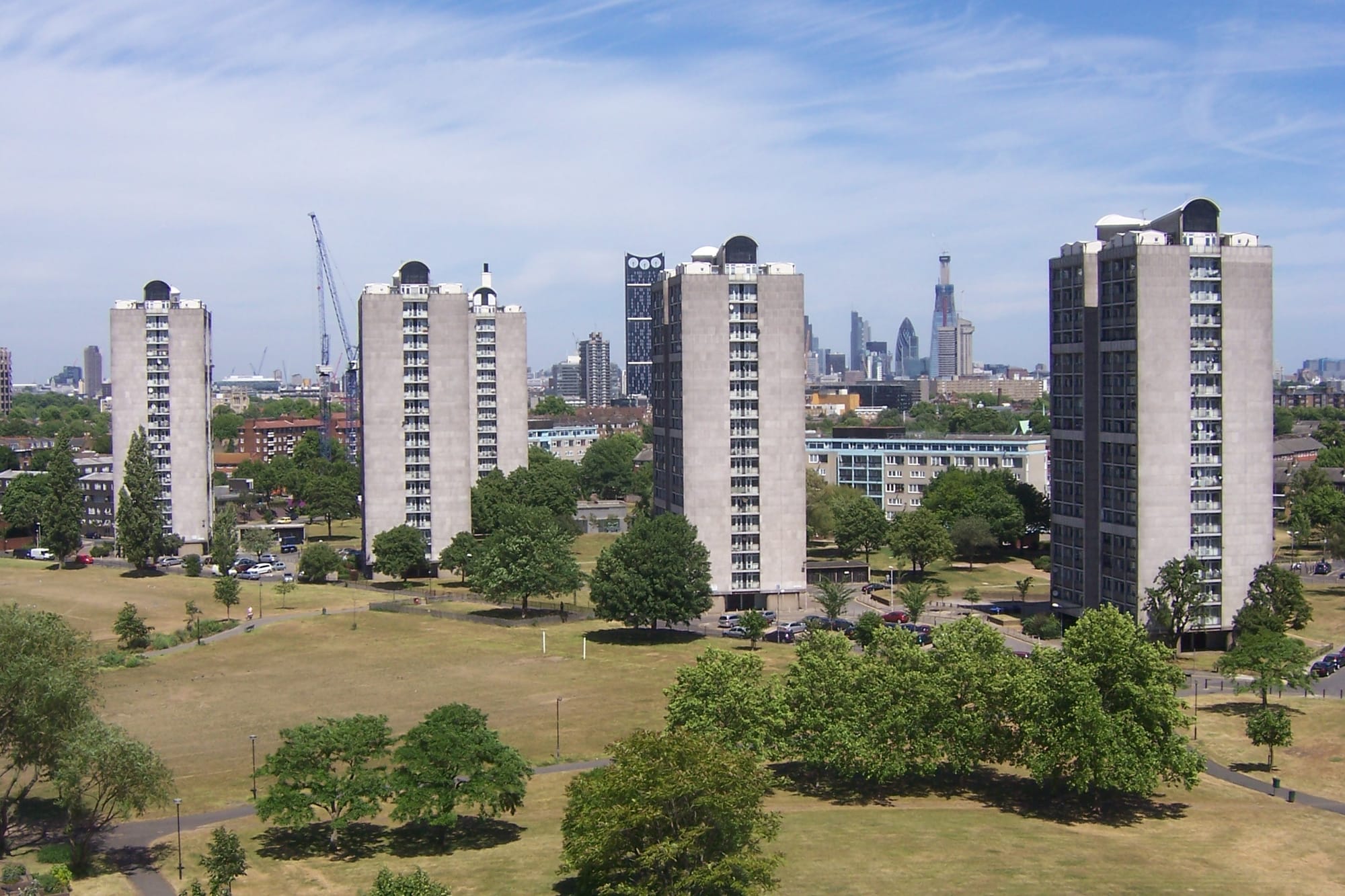
Violence like this was all over the news at the time, and still happens occasionally in and around the estate — just two months ago, police were called to the Brandon after a man was stabbed on John Ruskin Street. A 12-year-old girl, roller skating with her friends next to the youth center, tells me that she stays away from the central green, especially at night. In the estate pub, the Canterbury Arms, a mother tells me her daughter’s “not allowed to walk up and down outside on the block, that’s how they get in trouble…”
Outside the pub I meet a woman who raised three children here but only her youngest went astray. “His first criminal activity was sixteen.” It took him stealing a moped and fracturing his spine to get back on the straight and narrow. “He had to leave the Brandon to do that” she explains. “He was suspended from school and he used to sit outside the pub, cos’ the pub is the fucking local youth club…”
Enjoying this edition? You can get two totally free editions of The Londoner every week by signing up to our regular mailing list. Just click the button below. No cost. Just old school local journalism.
Residents like her advise visitors outside the Canterbury Arms to keep their valuables inside their pockets on a Friday and Saturday night. “I’m quite safe though,” she says, “because I’m known in the community.” I ask if I’d make it past the pub intact with my phone on show. “Oh, you’d be fucking done for!” she laughs.
Although safety is an important issue for Brandon residents, it’s by no means a defining one. Yes, there’s crime, but not necessarily more-so than the surrounding area. Reporting this feature, I spoke to over a dozen residents, all from different backgrounds. Another vital research item was Tony Parker’s The People of Providence (1983), which contains extensive testimony from the Brandon’s inhabitants. The estate constitutes a complex web of concerns that escapes the reductive parameters of the headline.
Handcuffed to Southwark
Like a divided city, the Brandon straddles two councils: Lambeth and Southwark. You can cross between them on the green. There are sounds on the Brandon, typical London estate sounds: wind on concrete, a pot boiling somewhere above you and the ever-present clickety-clack protestations of stolen limebikes. Next to the Henry Moore statue, I meet Tom Lloyd, 60, a Brandon resident since the late 90s and head of the local Tenants’ and Residents’ Association.

“If you’re looking for a story,” he says, “you should write about Southwark council.” Lloyd gestures to a low-rise block behind us. “All the water is heated there and then it's pumped into every flat… we are handcuffed to Southwark… Typically speaking, your total energy for a two bedroom property should be about £1,600 per year. Just for heating and hot water, Southwark council are charging leaseholders £3,000 per year…”
Lloyd is not the only resident with gripes about the local authority. Lete arrived in London in 1990 from Eritrea fleeing war. She raised her sons here. They tell her they’ll refuse to leave, even if they get married.
Lete works as a foster parent, taking disadvantaged children into her home and caring for them. She’s always felt safe on the estate, but, even with her expensive bills, the amenities are not stable. “Sometimes there’s hot water, sometimes there’s not,” she says wistfully, “sometimes it’s up, sometimes it’s down.” Even so, she remembers the bliss of arriving here for the first time, leaving the chaos of a war-ravaged country behind her. “I thought I was in heaven.”
One floor down is Biljana, a geologist, who moved to London from Belgrade in 1992, escaping Tito’s religious restrictions. Her neighbours are an elderly couple and Biljana, makes sure to look out for them, “I used to bring them food during COVID,” she says. Unlike Leke, Biljana owns her flat, but this still doesn’t insulate her from the council’s economic shocks. “They hit me with a bill of £25,000 a few years ago,” she says, “for changing all the windows and doing work on the roof… I had to take out a loan.”
Biljana’s main concern these days is a recent influx of Latino residents who she says throw loud weekend parties on the green outside. Moving down the corridor, I’m invited into the home of a Nigerian family whose patriarch voices the same issue. He sits on the sofa in a grey jalamia, the walls covered in Christian decorations. “They are in the park until 3am in the morning,” he says. “They beat drums… It’s too much.”
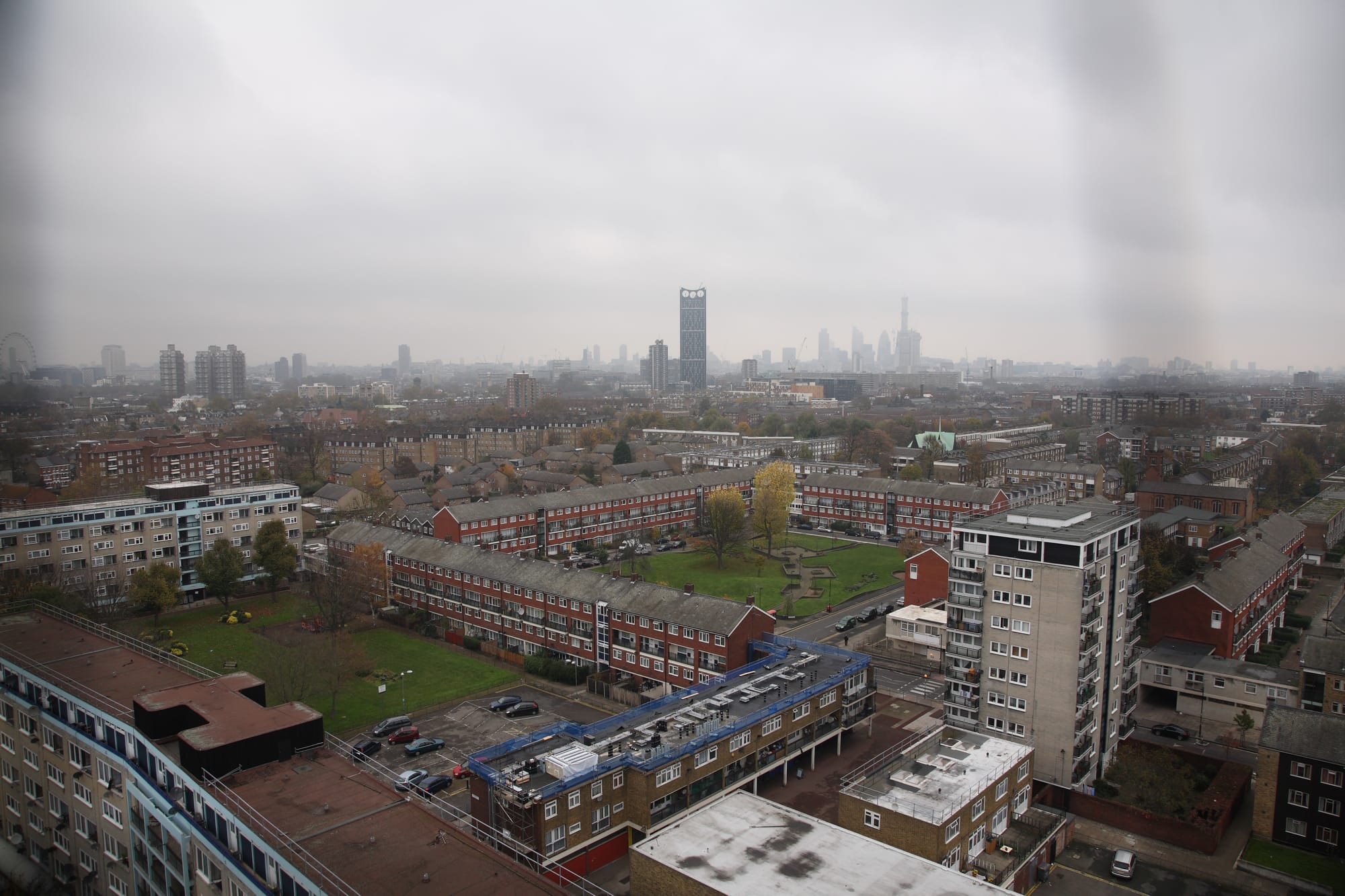
In the early days of the Brandon, when Finney was young, bad behaviour would result in a visit from the estate officer, who enforced a strict three-strike system. Residents could earn a strike for anything from incorrectly hanging their washing to bad language. One such complaint was levelled at Finney’s sister, who was about to be written up for profanity when the officer realised she was listening to a particularly profane episode of Derek and Clive, the foul-mouthed alter egos of Peter Cook and Dudley Moore.
But the uncompromising structures of the past have gone. “We have dogs here,” my host explains, “pitbulls that could kill a lion. They defecate all over the lift. We can’t even bring in our shopping and put it down. The council should know how to respond to our grievances… Nobody is prepared to back you up, it’s every man to himself.”
Luckily, the assertion that life on the Brandon is purely individualistic is not wholly true. This is mostly thanks to people like Ola Balogun, 39, a mother of four who moved to the estate twelve years ago. ”
After moving in, she and a few other like-minded residents noticed a lack of solidarity and communication. They set up a community interest company called Break the Barrier, which facilitates dancing clubs, food banks, roller skating and taekwondo lessons. It’s been a hit. Last year they arranged a trip to Hastings.
“I keep saying to the council,” she continues, “you need to come and see what I do with the funding you're giving me, so that you can see that it’s being well spent. Sometimes I go over budget and it comes out of my own pocket…” To arrange these community activities, Balogun is tirelessly networking, “I've brought in people that do yoga, that do zumba, they’ve given me discounted prices. I say this is the funding that I’ve got… the session has to be done.”
Pointing to the future
When Ernő Goldfinger, a contemporary of Hollamby, first imagined his famous Balfron Tower in Poplar, he said that its success would hinge on “the human factor… the relationship of people to each other and the frame of their daily life”. On estates like the Brandon, the human factor can often disappear, absorbed by council bureaucracy and general anxieties around safety and community cohesion.
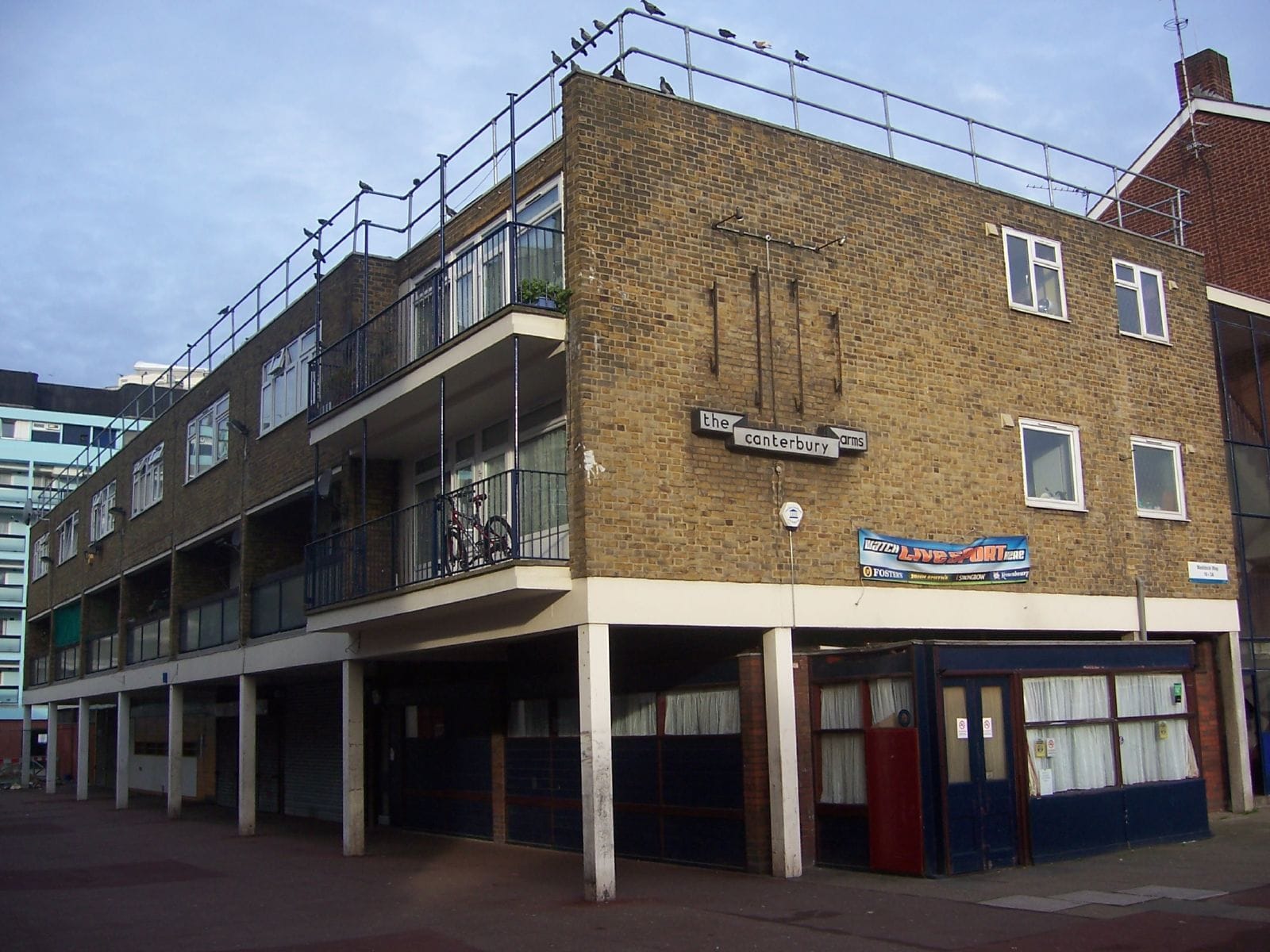
But this human factor can be just as easily reinvigorated in small ways. My final interview is with Silviya Belahcen, 37, a single mother. We catch the lift to the fifth floor, and I take a seat on her sofa, sinking into an enormous colourful pile of soft toys. Her daughter shows off a recent drawing.
“It’s a robot…” she says.
I tell her that it looks more like a little girl.
“It’s a robot and a girl” she retorts impatiently, then runs downstairs to collect a burger Belahcen has ordered as a treat.
Belahcen is used to brutalism. She comes from Bulgaria, but feels a lot safer in London. Belahcen leaves the room, returning with hot water and mountain tea with elderflower. She lays out walnuts and small plate biscuits. We pick at them idly, up above the world.
Belahcen initially moved here with her daughter’s father. She didn’t want to share a flat after she became pregnant, and this was the only place the couple could afford. They separated two years ago. “It happens,” she says. “It’s better to be happy than to make something work when it doesn’t.”
Things have improved, she tells me, in the twelve years she’s lived here. “I don’t have kids smoking pot outside my door anymore. They’ve grown up. Now they have kids.” Belahcen remembers the volatile period of gang activity. “My mother visited, and while I was sending her off to the airport there was a police line downstairs.”
The Brandon has appeared on film a number of times since the 1960s. It’s often selected by scouts as the epitomic backdrop for post-war social housing. Billie Piper’s Doctor Who companion, Rose Tyler, lived on the Brandon. The estate also featured in season five of The Crown and, a few years ago, Belahcen narrowly missed the opportunity to recognise her balcony in Danny Boyle's miniseries, Pistols. “I'm so frustrated. If I knew, I would have definitely cut the netting!” she recounts.
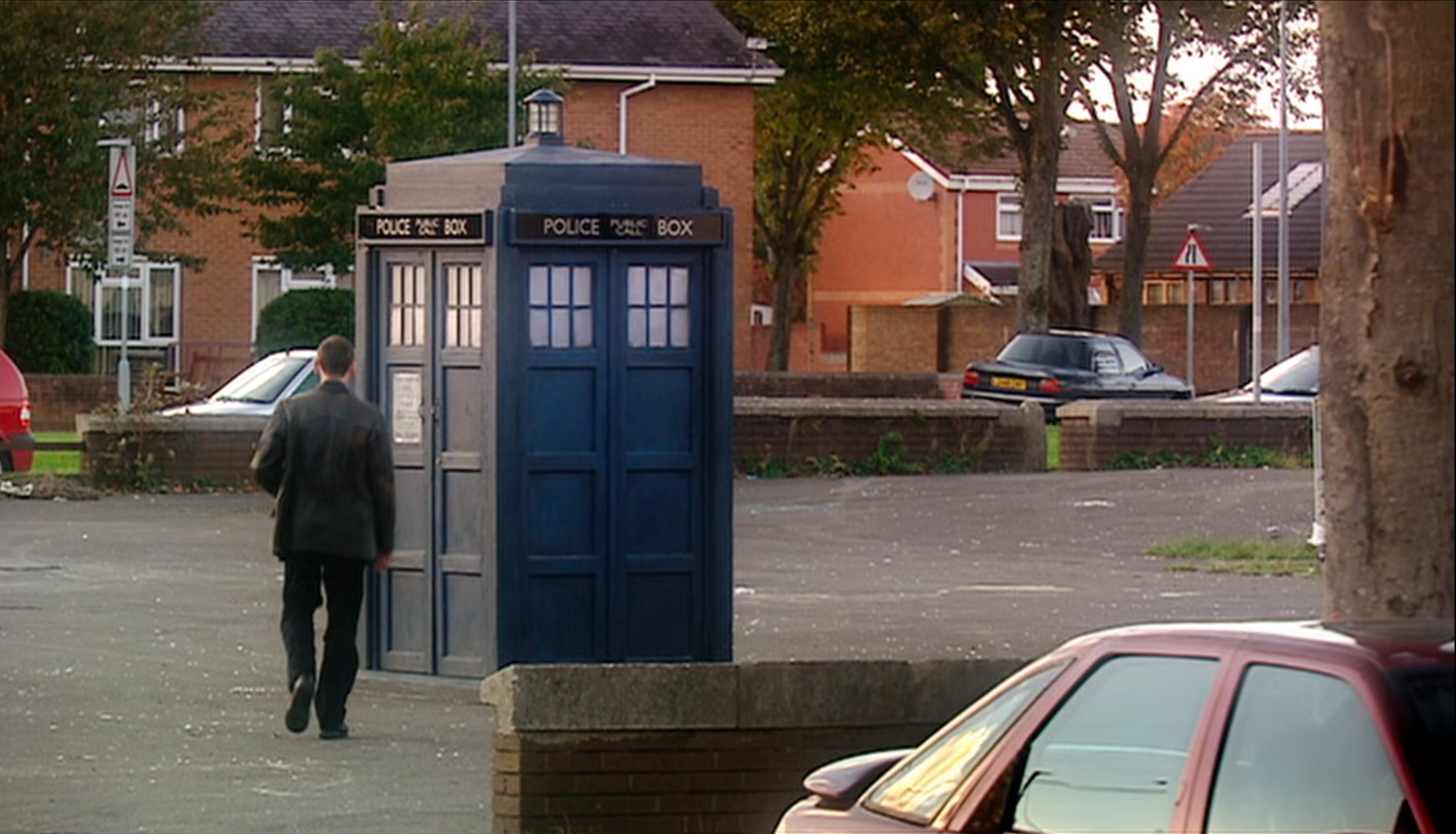
Belahcen puts a lot of time back into the Brandon, mostly working with children. But what really helps her is a bi-monthly ladies dancing social, run by a local teacher. “We strap on some high heels, dance to choreography, and at the end we drink some prosecco and we socialise. It has been so incredibly popular… It’s empowering.”
Belahcen works a demanding job as a digital marketing manager at Newcastle College Group and, on top of that, has to deal with the various frustrations and anxieties inherent to single motherhood. “I come from work, and then I have to prepare dinner, and then I have to feel guilty because I’m buying street food for my daughter when I could cook, then I have to change the dishes.” Her dancing social, from which children and hetrosexual men are excluded, reminds her that members of the community understand her plight. “You feel supported,” she explains, “they ask if this person can help, or if I need a solicitor… it has become the highlight of the month for some ladies.”
In the final section of The People of Providence, Tony Parker leaves the estate confronted by “a cold, cold wind.” Over four decades later, I set out into the warmth of late spring, the sun dimming gently into evening. However, I’ve found a similar set of interwoven, interpersonal stories.
As I unlock my bike, I keep thinking back to archival photograph Barbara Finney showed me, an early image of the estate — a bombed-out crater and three children marvelling at a tower. “Pointing to the future” the caption read. That future came; the Brandon is living it.
Did you grow up on the Brandon, or similar estates demonised by the media? Let us know your experiences in the comments below.

Comments
How to comment:
If you are already a member,
click here to sign in
and leave a comment.
If you aren't a member,
sign up here
to be able to leave a comment.
To add your photo, click here to create a profile on Gravatar.

